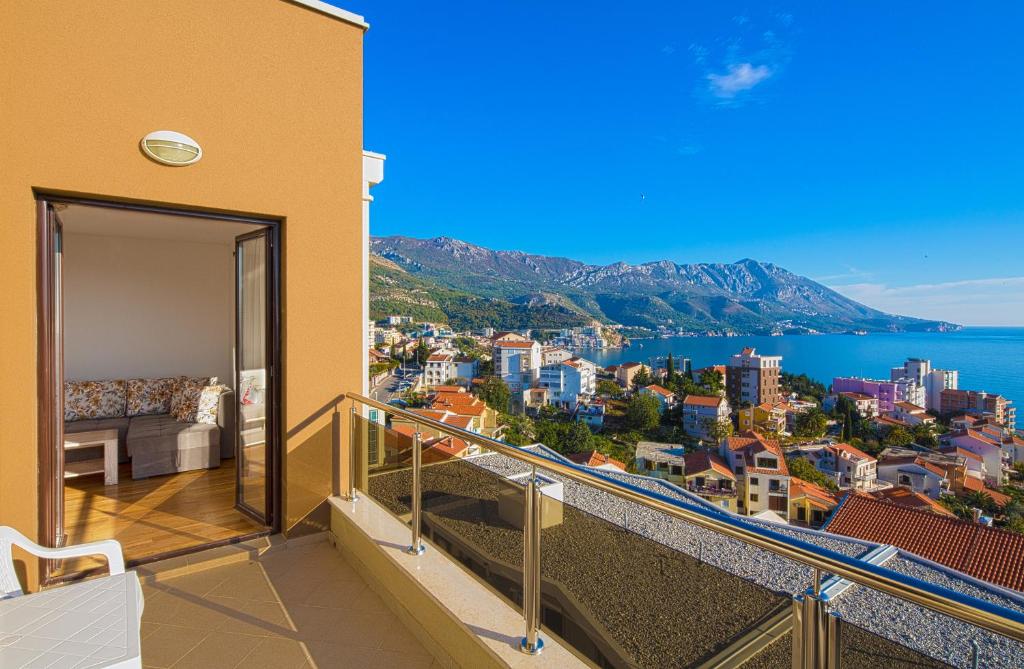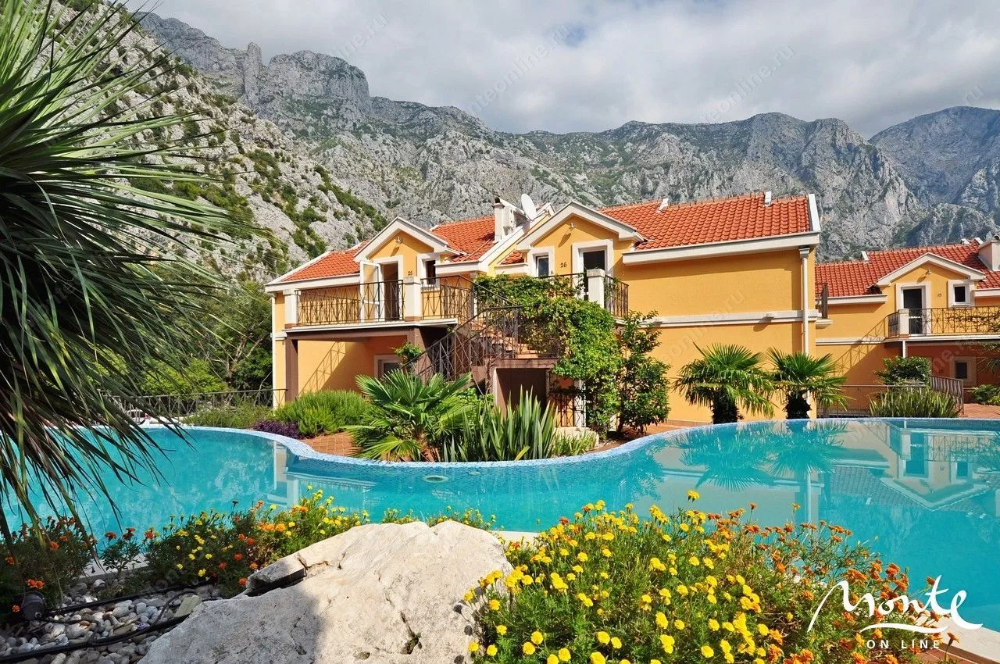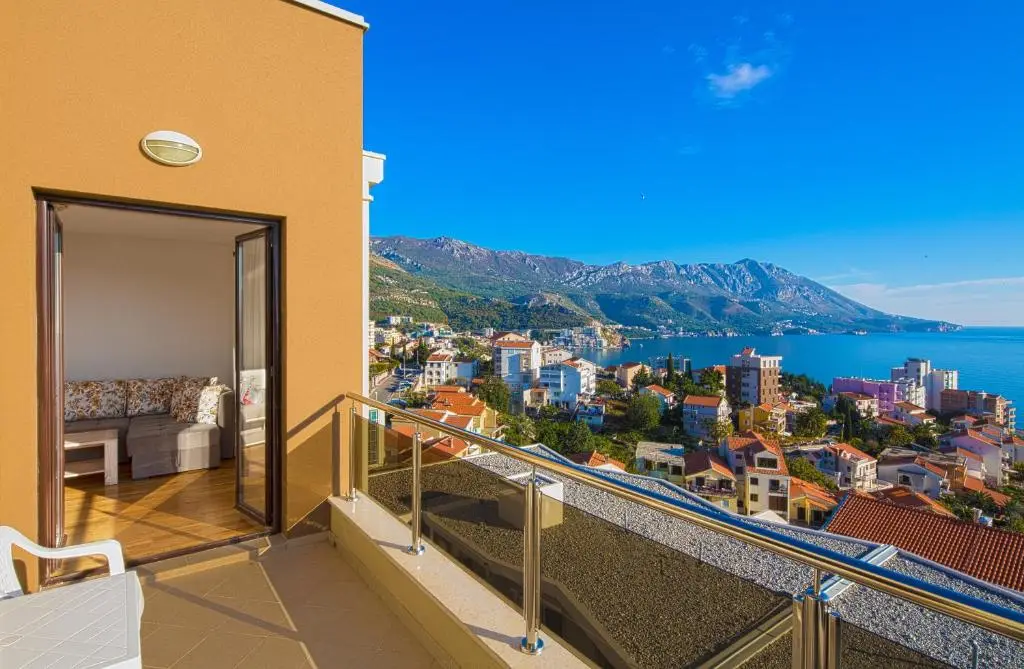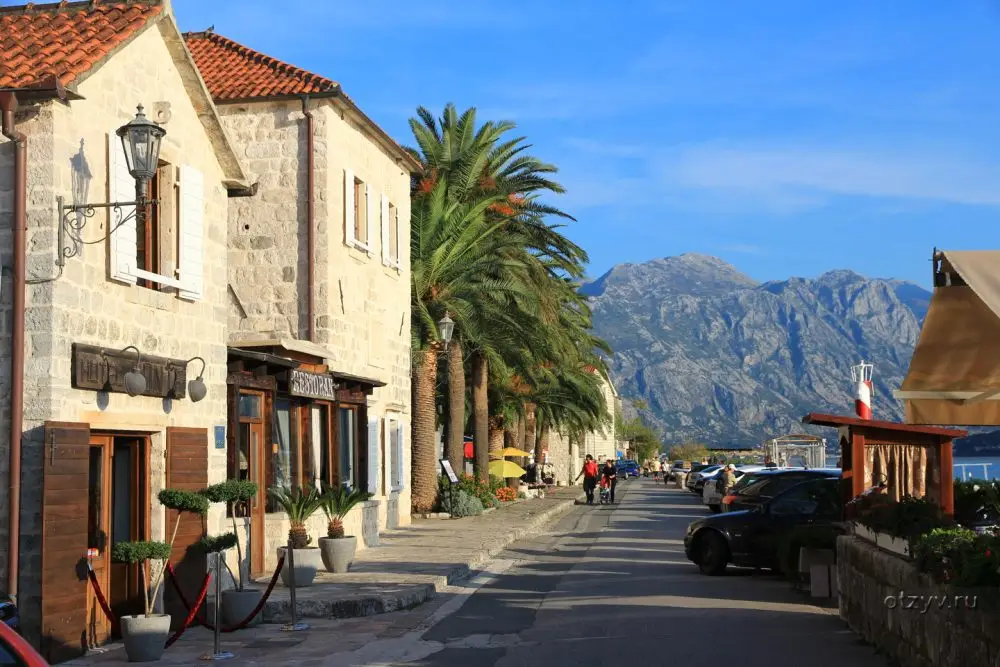Montenegro has long ceased to be just a picturesque dot on the map. The transition from a tourist paradise to an investment-attractive territory took place imperceptibly, but the effect was loud. The demand for rental property on the coast and in the capital does not decrease neither in winter nor in summer, and the owners of housing form a steady stream of profit.
How to make money from renting a flat in Montenegro is a question that has long been of interest not only to locals, but also to investors from the EU, CIS and the Middle East. Let’s talk about it in more detail below.
Geography of income: where the flat is working and where it is idle
The Montenegro market behaves unevenly: Budva, Kotor and Tivat generate income most often. In these cities, the tourist flow covers the needs of tenants even in the off-season. Podgorica, on the other hand, is more often used for long-term rentals – expats, employees of international companies, and IT specialists rent accommodation for a year or longer.

How to earn on renting a flat in Montenegro in these zones?
The formula is simple: buy an apartment closer to the sea, invest in basic repairs, connect to rental platforms, and the property starts to yield results.
Example: housing in Budva on the first line with a starting price of €150,000 and a rental rate of €80-100 per day can pay off in 10-12 years at 60% annual utilisation.
How much you can earn from renting a flat
 The annual yield on short-term leases reaches 6-10%. But this figure holds only with competent management, price adaptation and correct tax scheme.
The annual yield on short-term leases reaches 6-10%. But this figure holds only with competent management, price adaptation and correct tax scheme.
In high season (June-September) daily rent in Budva or Tivat varies from €70 to €150 depending on the area and sea view.
In the off-season (October-April) the rates drop to €25-40 for short-term rentals to tourists.
Earnings from renting a flat in Montenegro require precise calculations: cleaning costs, platform commissions, maintenance, internet, taxes. Net profit comes out at an average of €5,000-7,000 per year from one economy-class property with 60-70% occupancy.
Who rents and for how much
The income from renting a flat in Montenegro is different depending on the audience. Tourists from Germany, Poland, Russia and Israel are looking for accommodation for 7-10 nights. Families focus on locations with kitchen and parking, digital nomads prefer good communication and workplace.

How to rent a flat in Montenegro to tourists effectively means adjusting to their lifestyle. Housing with minimalism in design, fresh appliances and cleanliness sells itself even without photo shoots from architects. Connecting to Airbnb, Booking, Flatio and local websites gives you reach, while automating the process gives you time and freedom.
Key drivers of profitability
How to make money from renting a flat in Montenegro while maximising your return on investment? Play by the rules, but strategically. The main factors of income:
- Location. Closer to the sea – higher rates. At a distance of more than 1 km – minus 20-30% of the average rate.
- Condition of the flat. Housing after renovation with air conditioning and wi-fi is 30-50% more expensive than analogues without equipment.
- Photos and description. Original design, honest photos, up-to-date reviews are the basis for high conversion rates.
- Support. The presence of a local manager or agency increases utilisation by 15-20%.
- Seasonality. Competent pricing strategy – retention of income in winter and profit growth in summer.
All five factors work in tandem: a dip in one reduces overall profitability. Maximum profit is achieved only with a systematic approach, where marketing, service and location complement each other.
How to manage your income without fuss
Passive income from property in Montenegro turns into reality with the participation of a management company. The cost of such services is 15-30% of the income. This includes:
- socialising with guests;
- cleaning organisation;
- dealing with current issues;
- Reporting.
The turnkey format is suitable for those who do not live in the country permanently. It is often chosen by every second investor.
Mandatory items: taxes, registration, legal support
How to earn money from renting a flat in Montenegro, while respecting the law? There is no way without registration. The owners are obliged to:
- Obtain licences for tourist rentals.
- Register guests.
- Pay income tax – 9 per cent on net profits.
- Pay the tourist tax.
Deviations from the rules carry fines of up to €6,000. Therefore, legal support is not a luxury, but a protection of profits.
One object – three strategies: the format of renting for income
Earnings from renting a flat in Montenegro are formed from the chosen approach. Comparison of three tactics:
- Short term rentals to tourists. High rate – high involvement, seasonality.
- Long term lease to expats. Stability – lower income, requires contracts.
- Mix: in-season + out-of-season. Profit maximisation – need for flexible management.
Income with a competent alternation of formats is higher by 10-15% than if you choose only one scheme.
How to earn money from renting a flat in Montenegro: tips from the pros
Practice shows that it is not the metres that generate profitability, but the approach. Efficiency grows when housing becomes an independent profit-making tool.
The advice of experienced investors boils down to a few principles:
- Focus on liquid neighbourhoods: Budva, Tivat, Bar.
- Buy no more expensive than €1,800 per m² – higher the payback threshold.
- Rent through multi-platform access: Airbnb, Booking, DobrotaRent.
- Automate check-in and payment.
- Renovate the interior periodically.
- Conduct a photo shoot once a season.
This strategy allows you to consistently maintain a high average cheque and reduces downtime. As a result, housing works not in theory, but on a daily basis, generating measurable income. These actions increase profits and relieve the owner of routine workload.
Investor in law: why investing works
An investor investing in property in Montenegro gets more than square metres. The state grants residence permit for property purchase, simple taxation system and growing flow of tourists (more than 2.6 million in 2023).
With a starting investment of €80,000 or more, the project generates income higher than in Bulgaria, Greece and Croatia. Price growth of 6-8% per year turns the property not only into a source of income, but also into an asset that appreciates in value.
How to earn money from renting a flat in Montenegro: conclusions
 How to make money from renting a flat in Montenegro is not a guess, but a clear strategy. With proper management, site selection, legal registration and marketing – renting turns into a predictable, stable business with high margins.
How to make money from renting a flat in Montenegro is not a guess, but a clear strategy. With proper management, site selection, legal registration and marketing – renting turns into a predictable, stable business with high margins.
 en
en  ru
ru  de
de  ar
ar  es
es  nl
nl  hi
hi  fr
fr  it
it  pt
pt  el
el 













